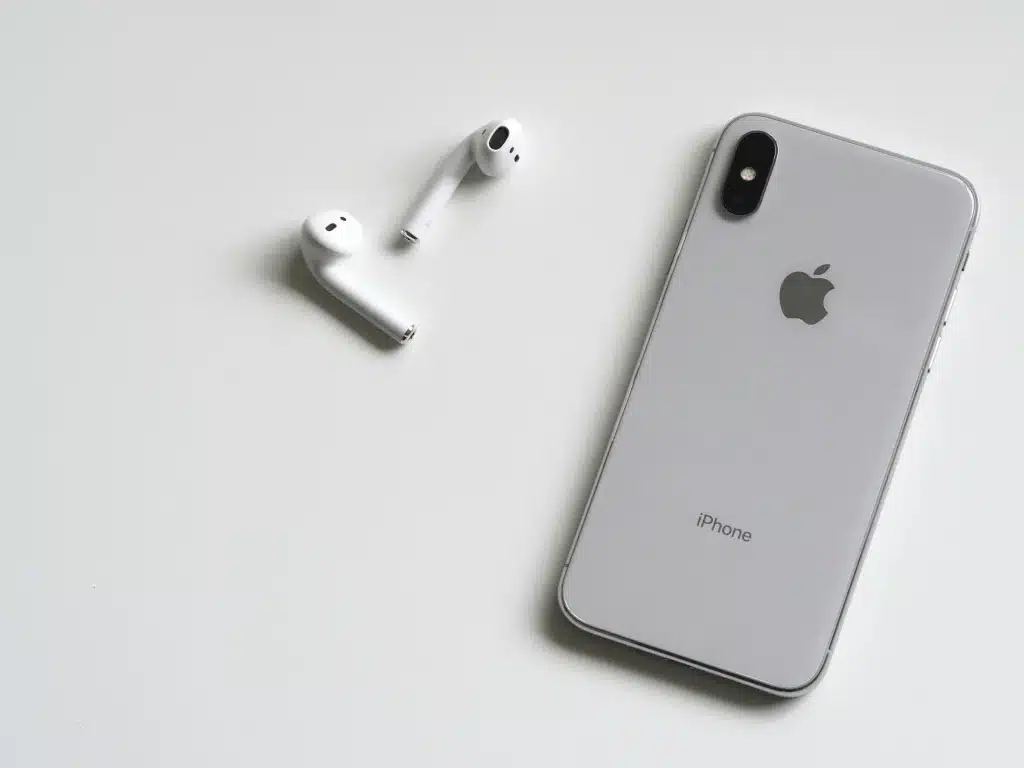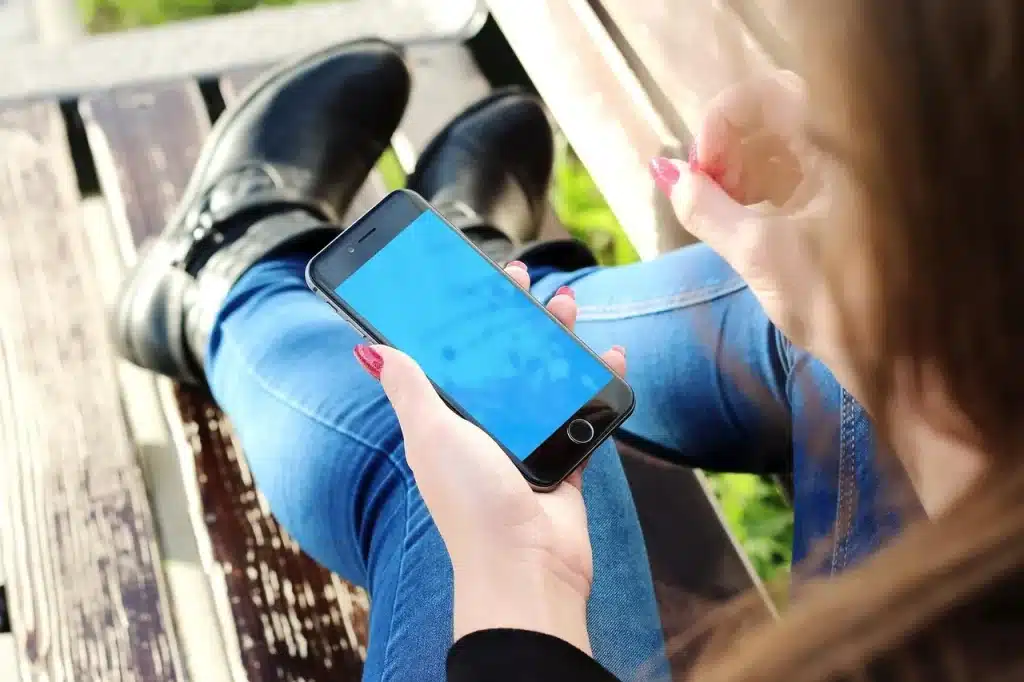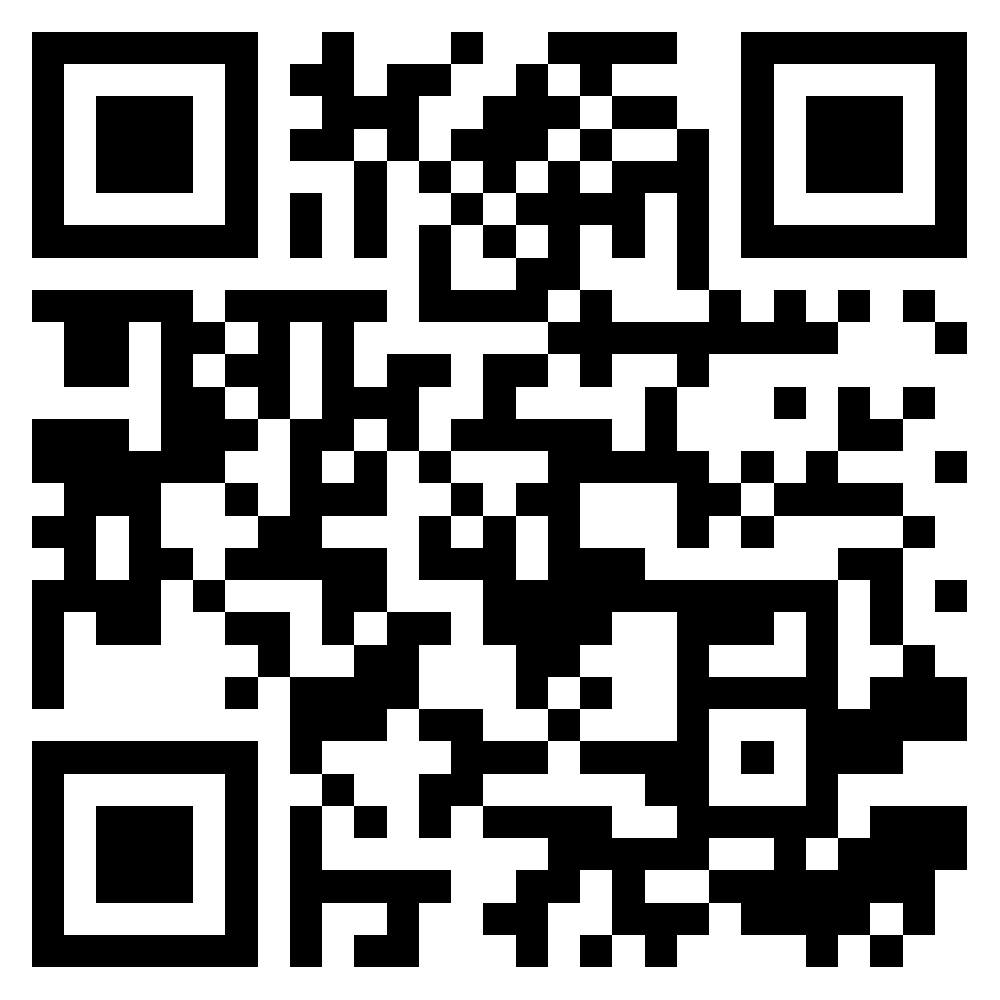With the launch of the highly anticipated iPhone 16 Pro generation, Apple continues to push boundaries, not just in performance and design, but in how users connect to mobile networks. One of the most talked-about changes is the increasing shift toward eSIM technology. But why is eSIM becoming central to the iPhone 16 lineup? And more importantly, why eSIM on iPhone 16 Pro matters to users worldwide?
In this article, we’ll dive into the reasons behind Apple’s strategic move to eSIM, especially in markets like the U.S. where iPhone 16 Pro models may come without a physical SIM card slot. Whether you’re wondering does the iPhone 16 have a SIM card, how to activate eSIM on iPhone, or you’re looking to understand dual eSIM capabilities, this guide covers it all.

Understanding eSIM on iPhone
What is an eSIM?
An eSIM, or embedded SIM, is a digital version of the traditional SIM card. Rather than being a removable chip, it’s integrated directly into the phone’s hardware. This allows users to activate a mobile plan without physically inserting a SIM card. Apple first introduced eSIM support on iPhones with the iPhone XS, and the iPhone 16 Pro represents a major leap in that evolution.
Curious to know more? Don’t miss our article about the difference between an eSIM and a physical SIM.
Will the iPhone 16 be eSIM-only?
In the United States, Apple has already removed the SIM card tray from the iPhone 14 and 15. The trend continues with the iPhone 16, where U.S. models are expected to be eSIM-only. That means no physical SIM card slot at all.
So, does the iPhone 16 have a SIM card? In the U.S., the answer is no. But internationally, it varies. Some global versions of the iPhone 16 and iPhone 16 Pro Max still include a SIM tray to ensure compatibility with regions where eSIM infrastructure is limited.
Physical SIM and eSIM compatibility
Apple understands that network infrastructure isn’t the same everywhere. While countries like the U.S., UK, Canada, and Singapore have widespread eSIM adoption, other regions like Africa or parts of Asia still rely heavily on physical SIM cards.
Canada, in particular, has been a leader in eSIM adoption in North America, with major carriers like Rogers, Telus, and Bell supporting digital SIM technology across new Apple devices. Users in Canada can easily activate local or international plans through the Settings app, without needing a physical SIM card.
In Spain, providers like Movistar and Orange offer dedicated eSIM plans, including prepaid data bundles ideal for travelers. This ensures users can stay connected with full cellular support, regardless of region.
Need two numbers on one phone? Can I use eSIM and physical SIM at the same time? Absolutely, find out how and get started with dual SIM in just a few steps.
Enhanced eSIM features on iPhone 16
The iPhone 16 generation introduces upgraded eSIM management options. You can now store multiple eSIM profiles and switch between them seamlessly in the Settings app. Apple has also improved UI elements to simplify the activation and management process.
New iOS features even allow users to track data usage per line, prioritize connections, and receive real-time carrier updates, showcasing how deeply eSIM has been integrated into the next generation of iPhone technology.
This level of detail and control gives users a next-level mobile experience, one that matches the expectations of a tech-savvy generation who value both freedom and speed.
eSIM availability in the U.S. and other markets
In the United States, carriers like AT&T, T-Mobile, and Verizon now support eSIM by default. Similarly, major operators in Europe, Japan, Canada, and Australia have adopted the technology. In Spain, Vodafone and Orange offer competitive prepaid eSIM plans that appeal to tourists and locals alike.
In addition, users benefit from extensive carrier support resources and even instructional video content for activating and managing eSIM on compatible devices like the iPhone 16 Pro Max.
eSIM support is growing rapidly, with countries like Spain and Germany adding more compatible carriers and services every year, making the technology truly global.
Which iPhone models support eSIM?
Apple’s eSIM journey started with the iPhone XS, XR, and XS Max. Since then, every iPhone, including the iPhone 16, 16 Pro, and 16 Pro Max, supports eSIM. The newer models have expanded capacity, allowing multiple eSIMs to be stored on the device.
Whether you’re on the standard iPhone 16 or the feature-packed iPhone 16 Pro Max, you can count on full eSIM compatibility and advanced connectivity options tailored for the latest cellular technology.
How does dual eSIM work on iPhone 16?
The iPhone 16 Pro supports dual eSIM, allowing users to activate two eSIMs simultaneously. This is ideal for frequent travelers or anyone managing separate personal and business lines. You can easily toggle between the two lines or assign specific functions, like iMessage or cellular data-to a preferred plan.
Dual eSIM functionality is perfect for those who want flexibility in how they consume mobile data and connect across different networks and regions
How to activate eSM on iPhone 16?
Activating an eSIM on your iPhone 16 is simple. Depending on your carrier, you have several options to get started:
- Carrier Activation for eSIM
- Quick Transfer from a Physical SIM or eSIM
- Using a QR Code for eSIM Activation
- Manually Entering eSIM Information
Learn how to activate an eSIM in our step-by-step guide.
Will Apple remove the physical SIM Card tray worldwide?

While the U.S. has fully transitioned, other regions are likely to follow gradually. It’s expected that Apple will eventually remove the SIM card tray globally as eSIM support grows.
The iPhone 16 generation marks another step in that direction, especially with more carriers offering native eSIM options and governments pushing for digital infrastructure.
As eSIM becomes more mainstream, even budget-friendly cellular plans are beginning to support it, giving users more flexibility and lower costs across regions like Canada and Europe.
The iPhone 16 Pro generation isn’t just a step forward in design and performance, it’s also a symbol of Apple’s commitment to a wireless future. The move toward eSIM aligns with the brand’s philosophy of simplicity, security, and user-first design.
So, why eSIM on iPhone 16 Pro? Because it’s faster, smarter, and more future-proof. Whether you’re managing multiple numbers, traveling globally, or simply upgrading from a previous iPhone, eSIM unlocks new levels of convenience and control. And with Apple leading the charge, the question is no longer does the iPhone 16 have a SIM card, but why would it need one?
This shift to digital is part of a wider evolution in mobile technology, one that defines the next generation of connectivity, putting support, Canada, Spain, cellular performance, and advanced technology at the heart of the iPhone 16 Pro and Pro Max experience.
Apple continues to push forward the transition from eSIM vs physical SIM by removing the traditional tray entirely.
While the iPhone 16 Pro fully embraces eSIM, Android users can also benefit, but first, it’s essential to know how to check eSIM capability on Android.
Need dual SIM flexibility? Discover how it works in our detailed guide: can I use eSIM and physical SIM at the same time
Other articles
-
-
30 September 2025
-
5 September 2025



